The Arabian leopard, particularly its desert subspecies, stands as one of the most elusive and endangered big cats in the world. With fewer than 200 individuals believed to remain in the wild, the struggle for survival has become increasingly desperate. The harsh desert environment, coupled with human encroachment, has pushed this majestic predator to the brink of extinction. Conservationists and researchers are racing against time to implement measures that could prevent the complete disappearance of this iconic species.
In the vast, arid landscapes of the Arabian Peninsula, the desert-dwelling leopard has adapted to conditions that few other large predators could endure. Unlike their more forest-dwelling relatives, these leopards have evolved to survive with minimal water, relying on the blood of their prey for hydration. Their pale, sandy-colored coats provide perfect camouflage against the rocky terrain, allowing them to stalk prey with near invisibility. Yet, despite these remarkable adaptations, their numbers continue to dwindle at an alarming rate.
Human activity remains the greatest threat to the Arabian leopard's survival. Habitat destruction due to urbanization, agriculture, and infrastructure development has fragmented their already limited range. Illegal hunting and retaliatory killings by livestock herders further exacerbate the crisis. The leopards' natural prey, such as the Nubian ibex and Arabian gazelle, have also seen drastic declines due to overhunting, forcing the predators to turn to domestic animals—a decision that often proves fatal.
Climate change adds another layer of complexity to their plight. Rising temperatures and prolonged droughts have made the desert even more inhospitable, reducing the availability of food and water. The delicate balance of the ecosystem is being disrupted, leaving the leopards with fewer resources to sustain themselves. Conservationists warn that without immediate intervention, the subspecies could vanish within the next few decades.
Efforts to save the Arabian leopard are underway, but progress is slow and fraught with challenges. Breeding programs in captivity have seen some success, with a handful of zoos and conservation centers working to increase genetic diversity. Reintroduction into the wild, however, remains a distant goal due to the lack of safe and viable habitats. Anti-poaching initiatives and community education programs aim to reduce human-leopard conflicts, but changing long-held attitudes and practices takes time—time that the leopards may not have.
Local communities play a crucial role in the survival of the species. In some regions, conservationists are collaborating with tribal leaders and herders to create protected areas and establish wildlife corridors. By involving those who share the land with the leopards, there is hope that coexistence can become a reality rather than an ideal. Yet, skepticism and economic pressures often hinder these efforts, leaving the future of the desert leopard uncertain.
The story of the Arabian leopard is a stark reminder of the fragility of life in even the most resilient of ecosystems. Its decline reflects broader environmental crises facing the planet—habitat loss, climate change, and human-wildlife conflict. Saving this subspecies will require not only scientific expertise and funding but also a fundamental shift in how humans view their relationship with nature. If the Arabian leopard is to endure, the world must act swiftly and decisively before the sands of time run out.

By /Jun 12, 2025
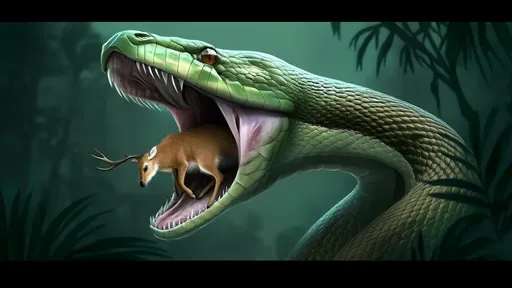
By /Jun 12, 2025
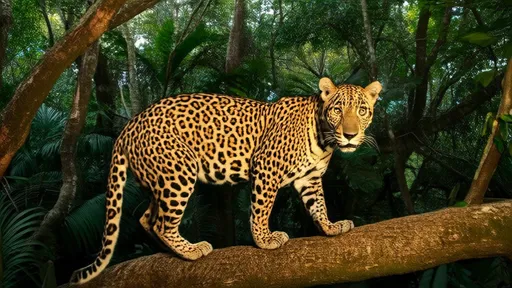
By /Jun 11, 2025
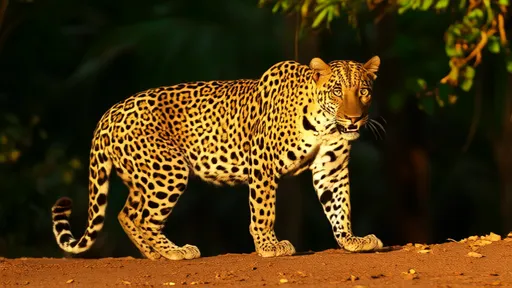
By /Jun 11, 2025
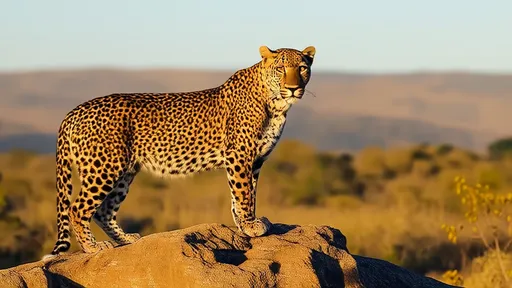
By /Jun 11, 2025
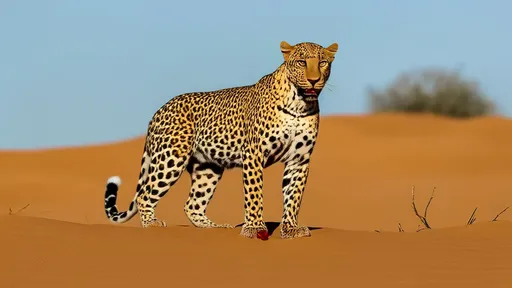
By /Jun 11, 2025
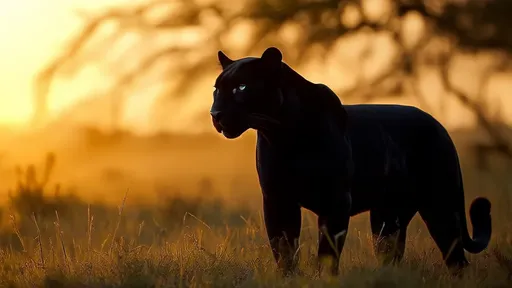
By /Jun 11, 2025
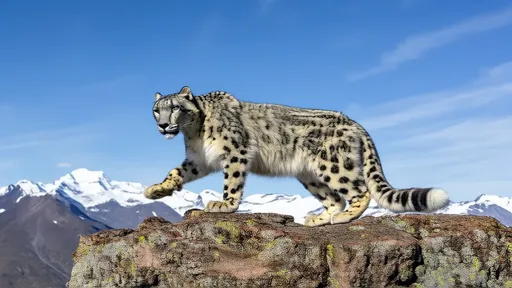
By /Jun 11, 2025
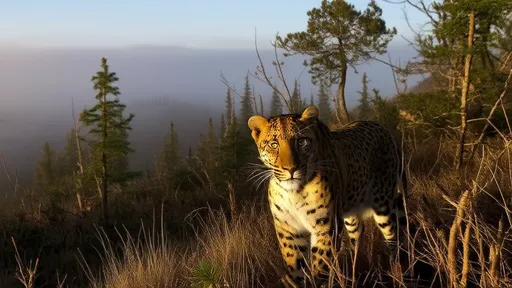
By /Jun 11, 2025
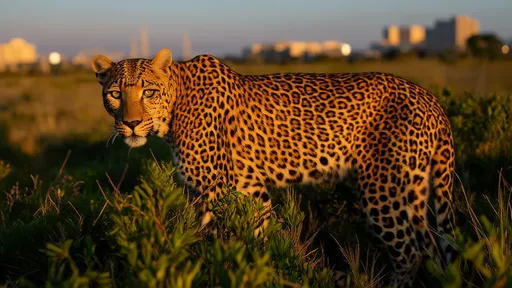
By /Jun 11, 2025
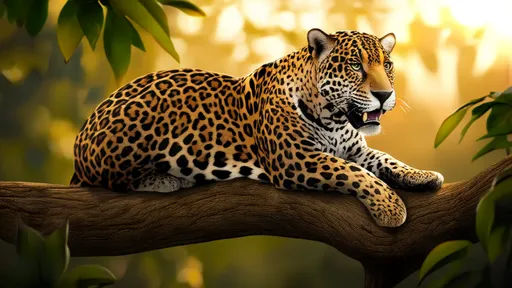
By /Jun 11, 2025
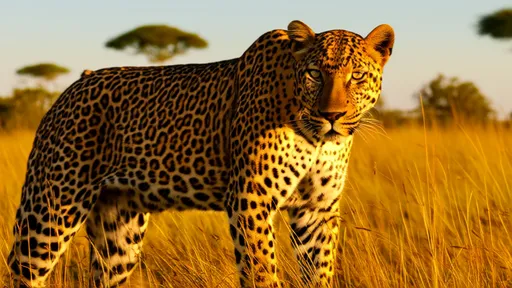
By /Jun 11, 2025
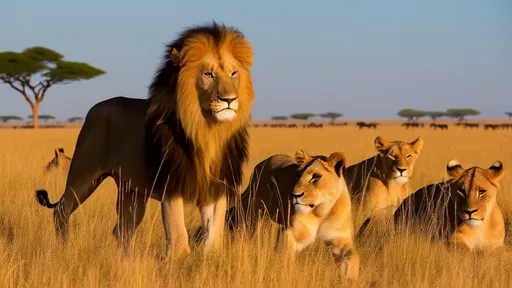
By /Jun 11, 2025
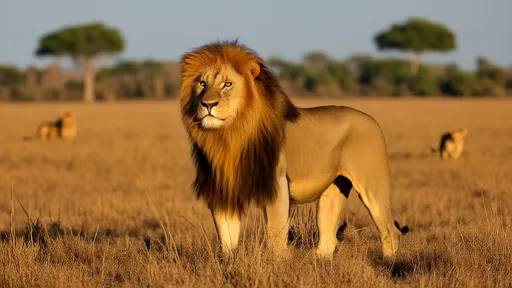
By /Jun 11, 2025
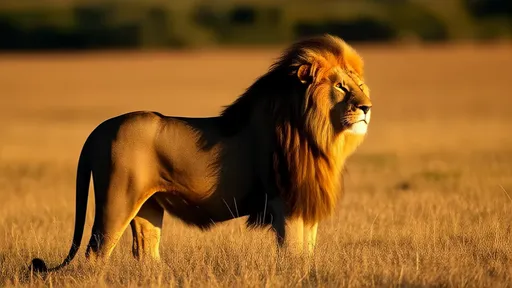
By /Jun 11, 2025
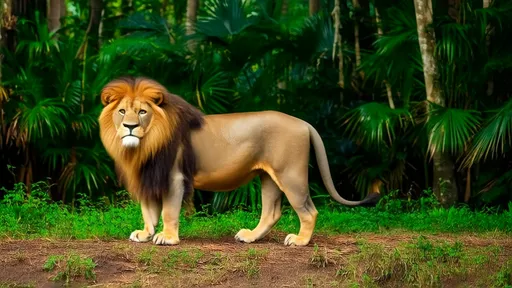
By /Jun 11, 2025
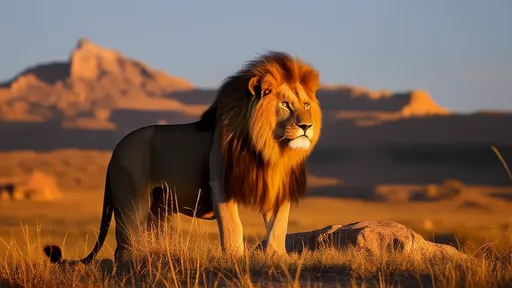
By /Jun 11, 2025

By /Jun 11, 2025
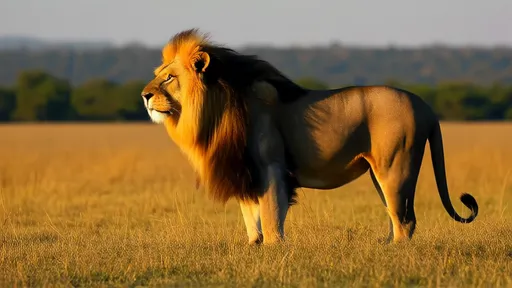
By /Jun 11, 2025
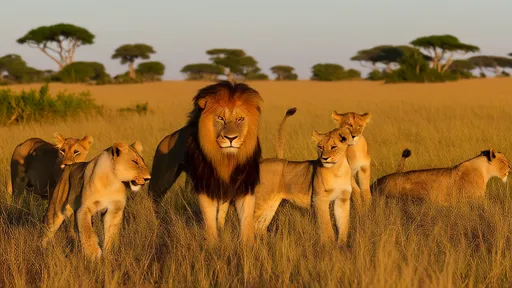
By /Jun 11, 2025